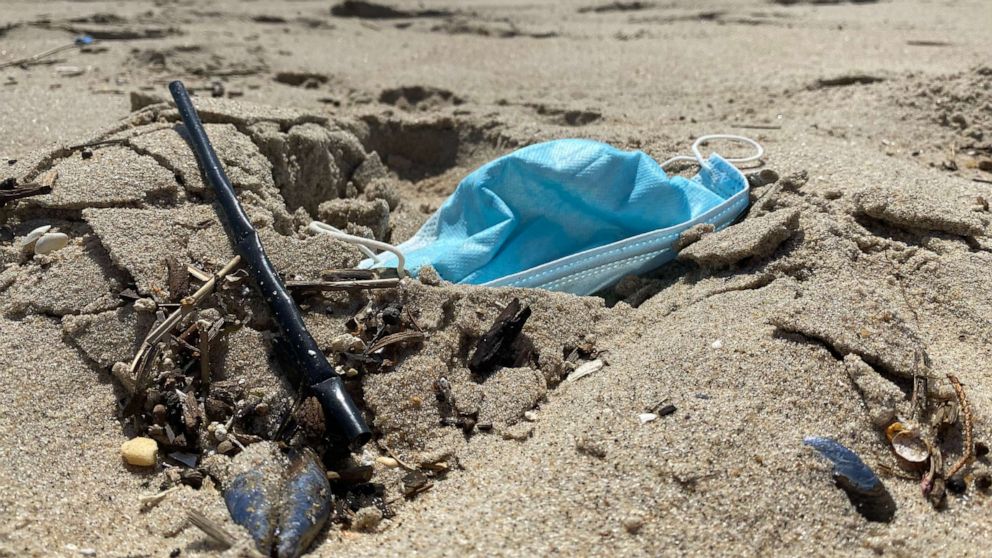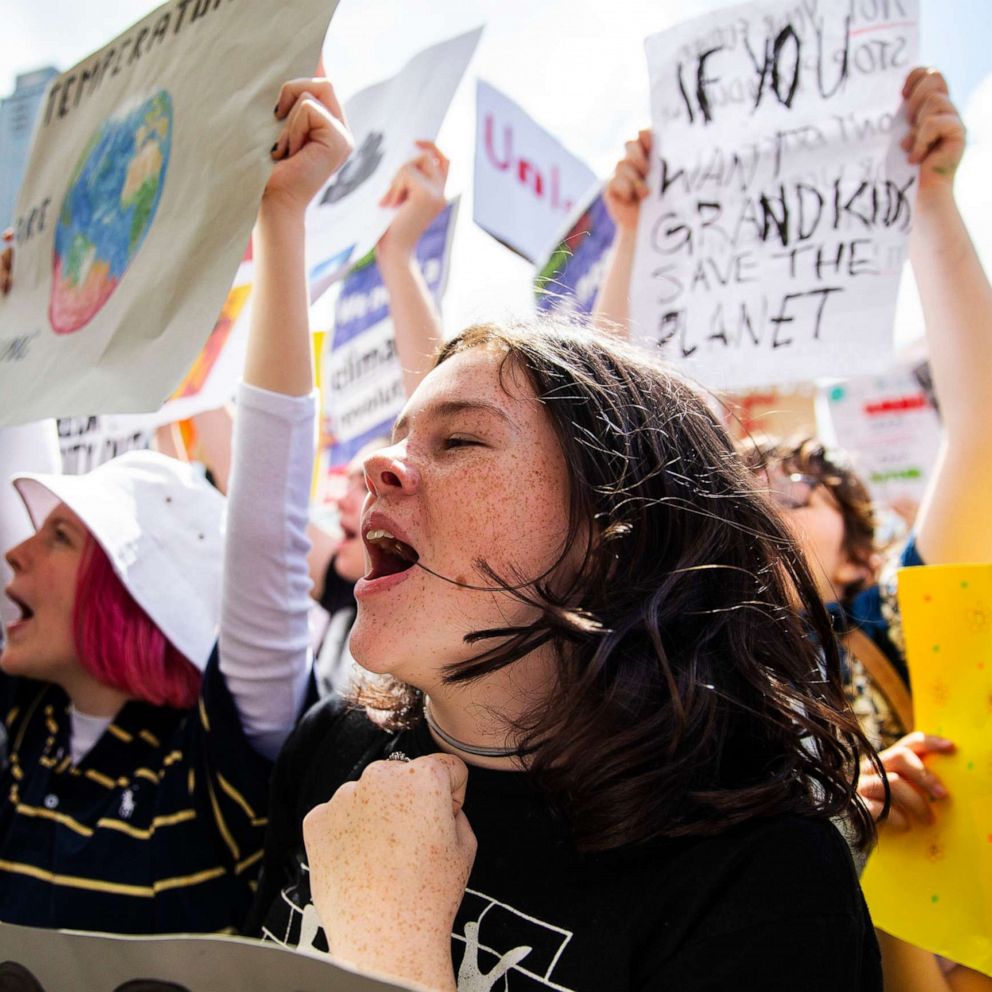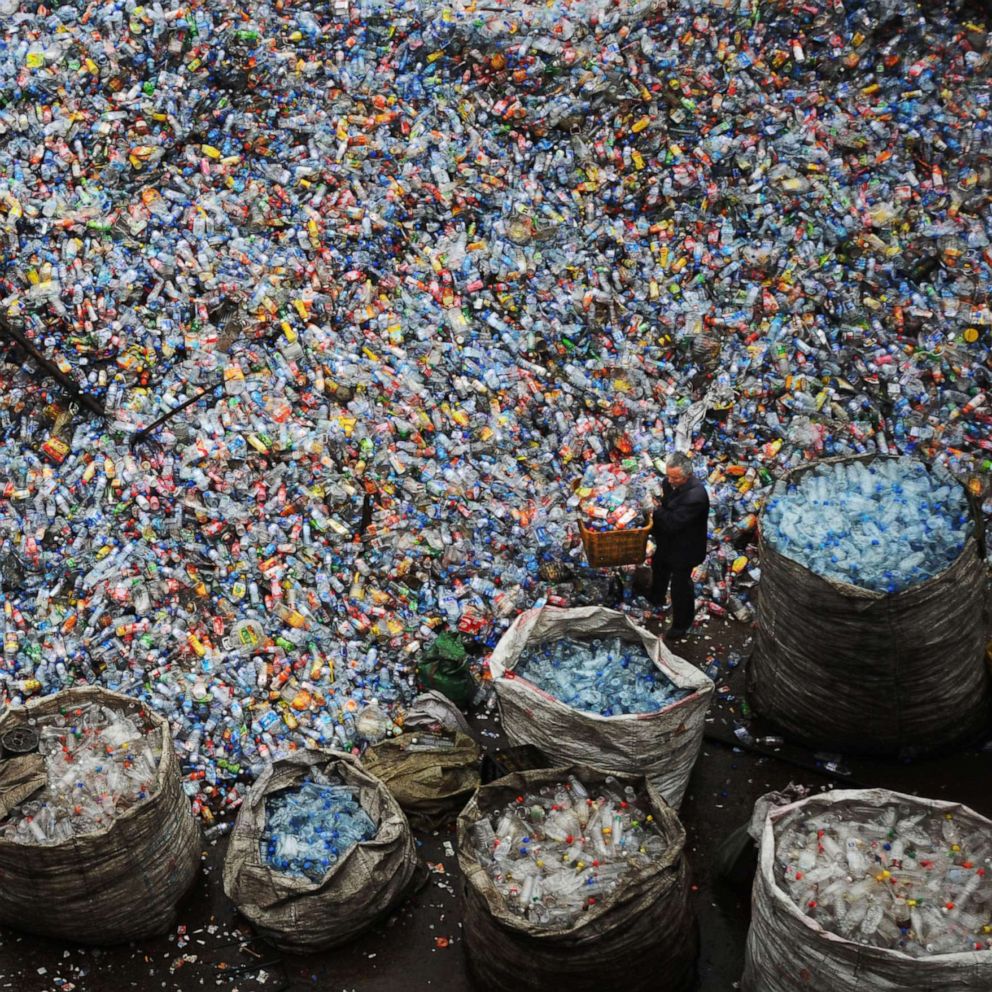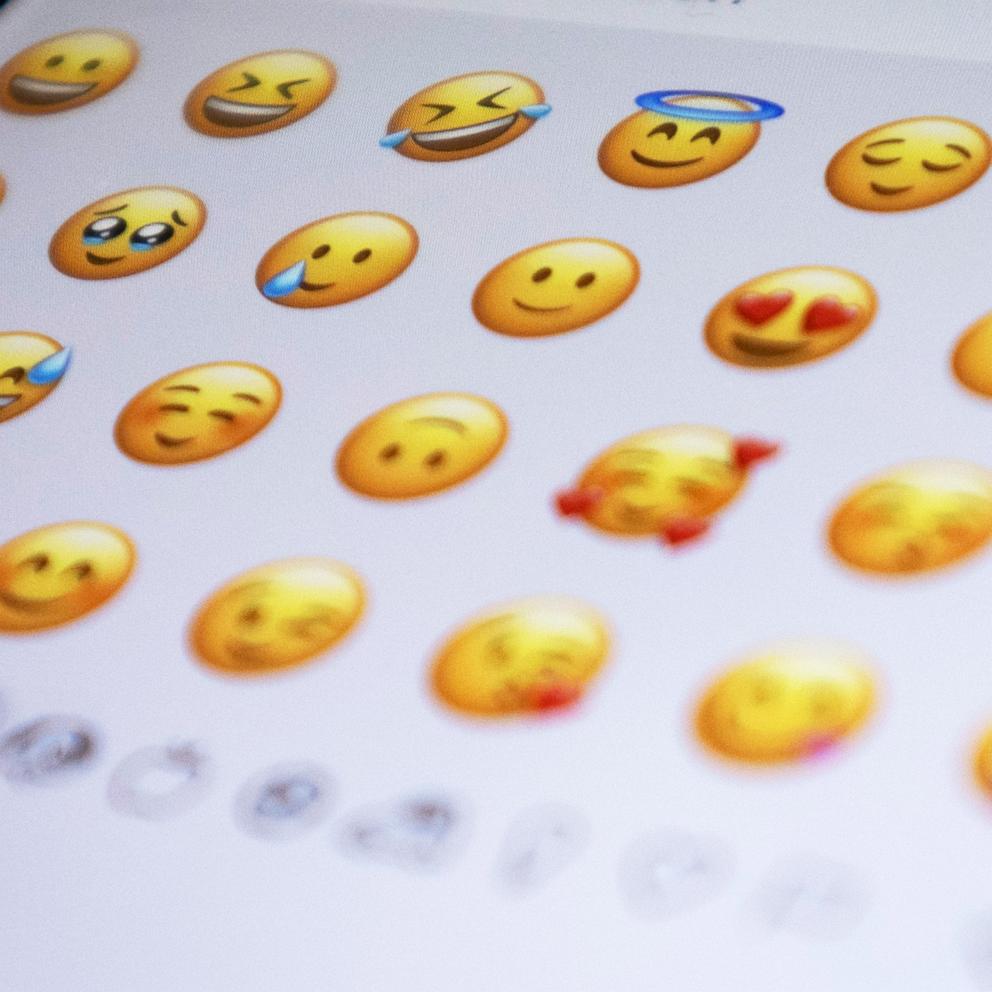PPE keeps us safe, but waste is on the rise. Here's how to be more Earth-friendly
At the start of the coronavirus pandemic, pictures of smog-free skies circulated social media from Los Angeles to New Delhi. With more people staying at home, it seemed one silver lining was the positive impact it was having on the environment.
But now, a little over a year later, the pandemic persists and a new environmental issue has emerged: the rise of personal protective equipment pollution.
It is estimated that 129 billion face masks and 65 billion gloves are being used monthly. Unfortunately, while PPE is a necessary tool, its increased use is having detrimental effects on the environment, especially our oceans.
Nearly 1.56 billion face masks entered our oceans in 2020 alone, during the onset of the pandemic, according to a December 2020 report published by Hong Kong-based ocean conservation group, OceansAsia.
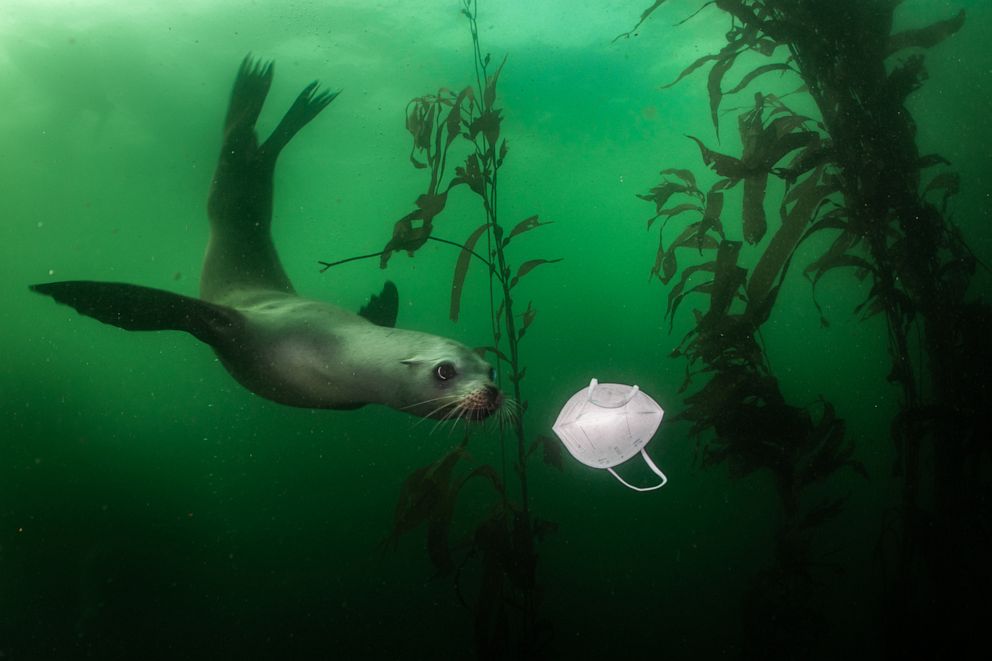
Andriana Fragola, a marine biologist and shark safety diver with One Ocean Diving, a Hawaii-based shark diving excursion company, sees firsthand the impact discarded PPE is having on the ocean.
"There's definitely been a rise in overall what we see of masks," Fragola told "GMA." "We're at a tipping point right now. There are estimates that say by 2048 we are going to have more plastic in our oceans than fish. ... With all of the plastic that has been used, especially with the pandemic going on, it is just overwhelmingly approaching, and it is coming fast."
What makes face masks so dangerous and problematic to marine life are the microplastics that are generated from disposable face masks, Britta Baechler, senior manager of ocean plastics at Ocean Conservancy, told "GMA."
"Microplastics are tiny pieces of synthetic material that are either manufactured to be intentionally small or they break down from larger plastic items," she said. "They're such a problem because they're persistent in a whole bunch of different environmental media ... and they just cycle through different environments, and different animals for very long periods of time and never really go away."
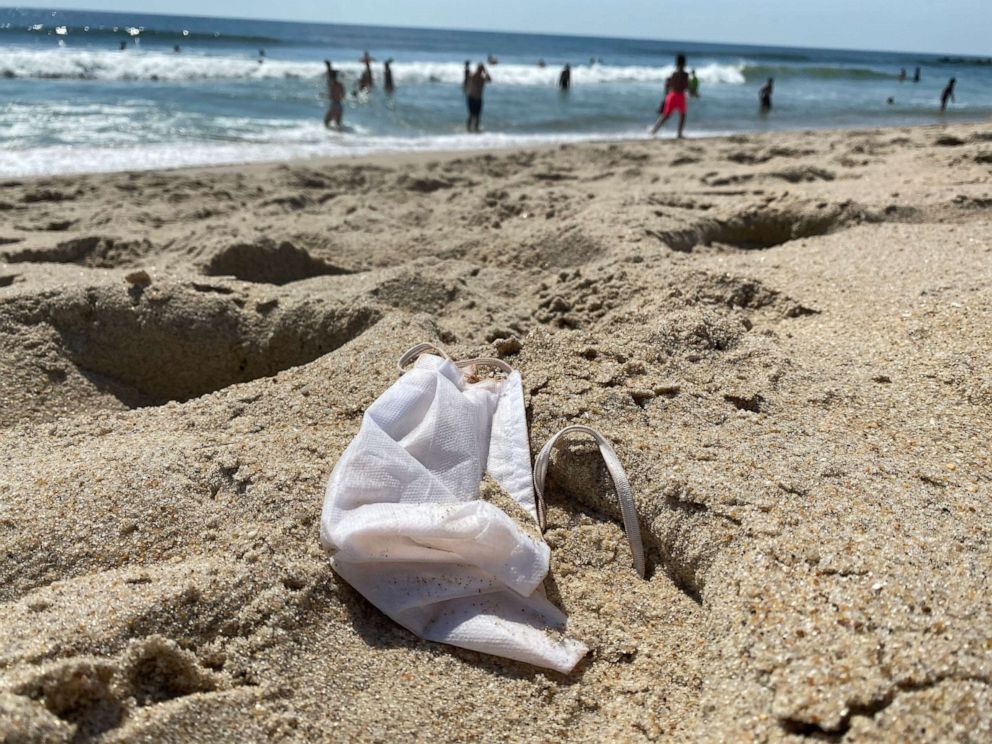
Ocean Conservancy is an American nonprofit organization advocating for clean oceans. The group runs an annual International Coastal Cleanup with volunteers from around the world. Recently, the group analyzed the items found from their latest cleanup and reported their volunteers removed 107,219 PPE items from beaches and waterways worldwide in just the second half of 2020. Items their volunteers found and logged included face masks, gloves, face shields and sanitizing wipes.
However, the group said that the report represents a vast undercount and Baechler estimates the global count is likely closer to the "low millions."
"Unfortunately, as evidenced by the data we collected through our international coastal cleanup, these disposable PPE items are making their way into the environment," Baechler said.
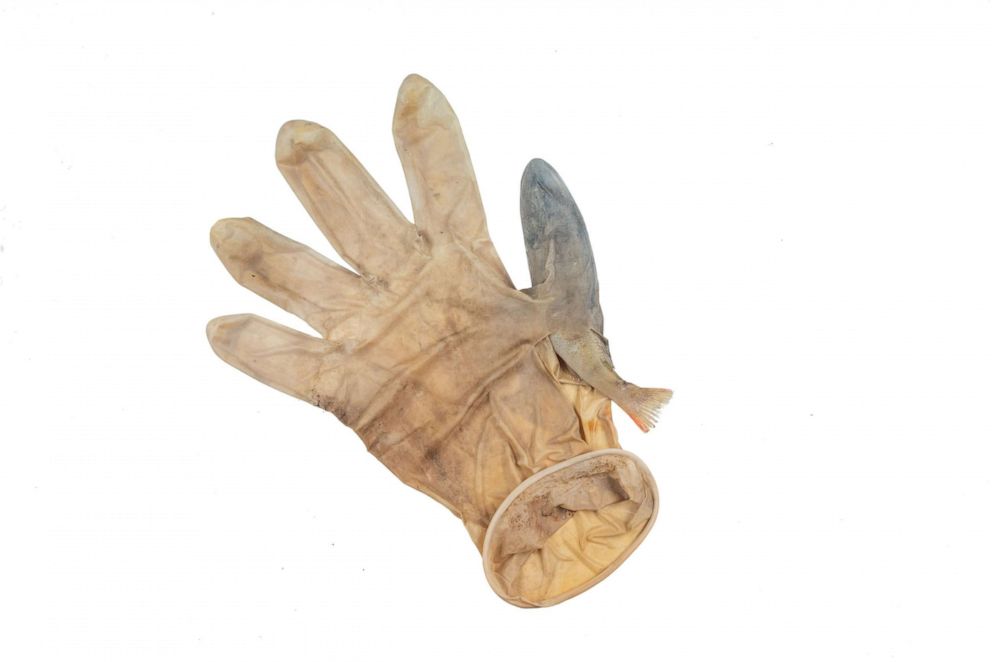
Like other forms of plastic, PPE is a threat to marine life. Entanglement in masks, microplastic ingestion and entrapment by the fingers of medical gloves are just a few of the issues PPE pollution can cause for marine life.
But PPE isn't only negatively affecting marine life, explained Christine Dell'Amore, a senior editor at National Geographic. It is impacting wildlife, too.
"Examples include some birds that have gotten the loops of the face mask stuck on their bodies. Birds using face masks and other equipment to line their nests," she told "GMA."
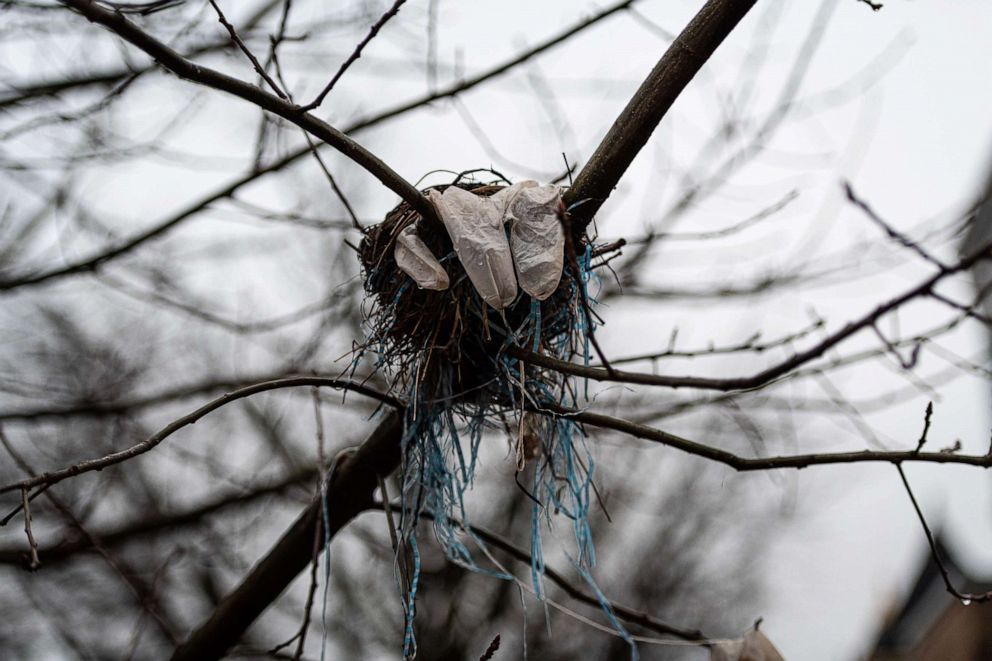
Dell'Amore also noted that single-use plastic has significantly increased during the pandemic, and that's still making its way into our oceans.
"A lot of the focus on reducing single-use plastic that were part of a lot of campaigns like bringing your own cutlery, straw, etc., that has gone out the window during the pandemic. People are obviously trying to stay healthy and not get infected, so a lot of the actions they were taking to be kinder to the environment have taken a backseat," Dell'Amore said.
Amid an ongoing pandemic, the need to continue using PPE and following Centers for Disease Control and Prevention guidelines is necessary to help reduce the spread of COVID-19.
So, what are the steps we can take to continue to stay safe against the coronavirus while also reducing the burden of pandemic-related waste on the environment?
1. Wear a reusable mask
"There's the great option of reusable masks that are able to be washed. You can use that same one over and over again. ... Get a few of them so you can rotate through the week and then you can wash them whenever it's your week to do laundry," said Fragola.
2. Cut the loops of your single-use masks with scissors
"If you're using a disposable face mask, you can simply snip the ear loops off of those masks, just for good measure, to lessen the wildlife entanglement threat," Baechler said.
3. Try a face mask made from more-sustainable materials
"There are also some masks that are single-use that are created from things like hemp or bamboo, so it is compostable, not made out of different types of plastics," Fragola said.
4. Make sure your trash can is properly secured
"Always make sure to dispose of your PPE in a secured, covered bin," said Baechler. "That's to make sure that it's not accidentally going to get leaked into the environment if the bin tips over or wind comes and picks up the PPE in the bin."
5. Reduce your overall single-use plastic consumption
"Try to reduce your single-use plastic footprint and that's to help keep plastics, in general, out of our ocean and simultaneously reduce the burden of pandemic-related waste on our broader waste management systems," Baechler said. "As individuals, we can make smart choices related to PPE and single-use plastics and all of that will be in service of helping to minimize the effects of plastic on our ocean and our environment."
